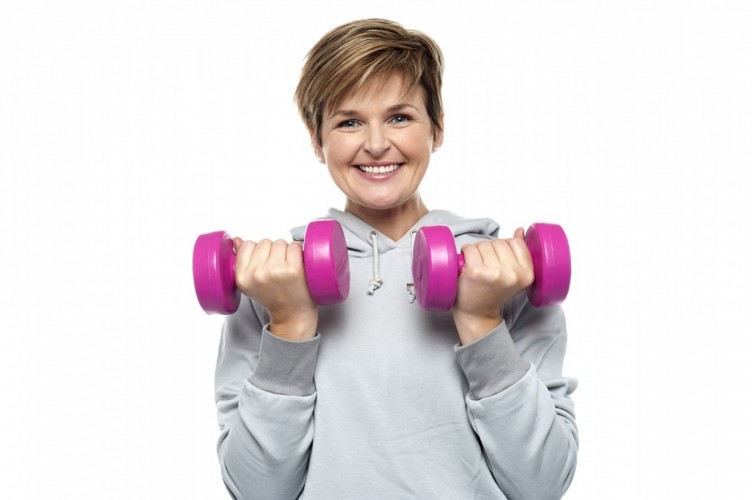
Muscle is important for balance, strength and mobility.
You need a good diet for strong muscles and a longer, more active life. Research has shown that we all lose muscle naturally starting in our 40’s and 50’s. This is due to hormonal changes and for some of us, being less active. Strong muscles support a longer, more active life. This is because they improve balance, strength and mobility. In this second blog about the nutritional foundations for a longer, more active life I look at four tips to help you develop and maintain strong muscles.
Number one: Avoid rapid weight loss
If you lose weight quickly you will not just lose fat but also muscle. If you are carrying too much weight it is important to shift a little in order to take the pressure off your joints and for your health generally. However you should aim to do this slowly losing 1-2 lb or 1/2 -1kg each week. See some of my other posts for advice and tips.
If you are overweight and and lose your appetite through illness don’t be tempted to see rapid weight loss as a happy consequence of an otherwise unhappy experience. Even if you have a stomach bug there is usually no need to avoid eating altogether. Your body will tolerate eating very small amounts, more frequently throughout the day. If you find it impossible to eat for the first day or so, focus on fluids and remember to include diluted fruit juice or oral rehydration solutions to replace sugar and electrolytes. As soon as you can, get back to eating. Try things like Ready Brek or Porridge made with milk, omelette, a little chicken or turkey or some mashed potato, rice or pasta. As you start to feel better have your usual foods but just have a smaller portion at first until you get back to normal.
Number two: Eat plenty of good quality protein at every meal
Protein is made up of components called amino acids (AAs.) Some of these are known as “essential” (EAAs) because our bodies cannot make them from other things in the diet. We also know that our bodies specifically need branched chain amino acids (BCAAs) to build muscle. The older we get the more BCAAs we need. Remember as we get older we start losing muscle tissue naturally and research has shown that we need good quality protein supplying EAAs and specifically BCAAs regularly throughout the day to replenish the muscle tissue that we are losing throughout the day. The best dietary sources of good quality protein that would supply the EAAs and BCAAs needed are meat, fish, dairy products, eggs and soy products. If you are a vegan ask your Dietitian for specific individualised advice. You should have a good portion of food from this list at every meal and make sure you have good quality protein after exercise. There is no need to buy expensive specialist products, ordinary food will do.
Number three: Do exercise that specifically builds muscle
Aerobic exercise like fast-paced walking, running, rowing and cycling is great for the health of your heart and lungs but for healthy muscles you also need to include some “resistance” exercise. This could be something as simple as carrying heavy bags of shopping home (but not just to the car!) or carrying children or grandchildren. You might want to try some specific resistance exercises at home. You could use hand weights or maybe just do press-ups or wall-slides (where you stand with your back to the wall and slide up and down bending your knees.) If you have any problems with your joints or muscles or if you are not used to this sort of exercise get some advice from a personal trainer or physiotherapist first. Ask your GP to refer you. Those of you who are already gym bunnies just ask one of the Personal Trainers to help you build some resistance work into your routine.
Click in again soon for more tips on growing older gracefully or disgracefully!

